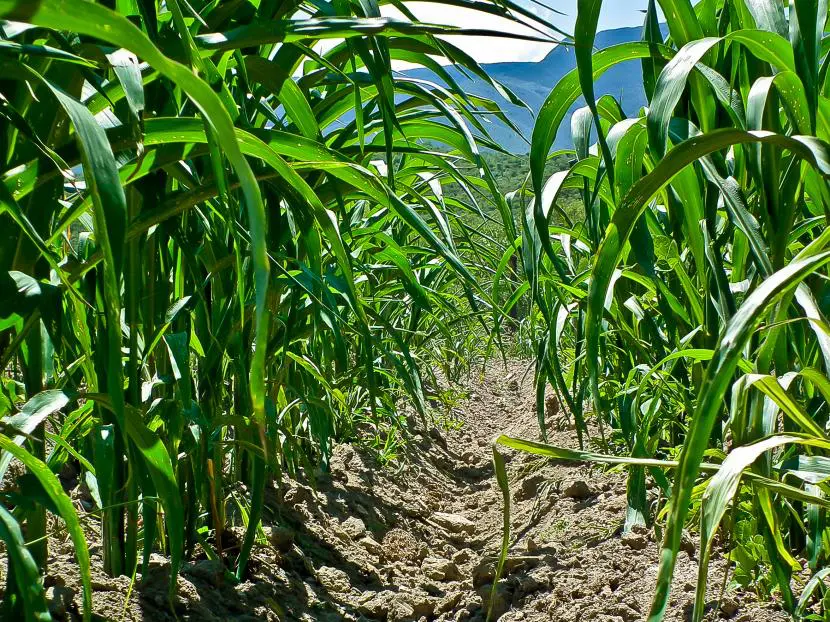When you live in an area where the rainfall is rather low, you have to look for some species that are capable of living without much water, since otherwise the farmer will have to spend money to buy the precious liquid when what is intended is to save as much as possible.
Rainfed agriculture is presented as a farming system that can help us a lot to have a higher production without having to spend more money than necessary in an area where rainfall is scarce. But what exactly is it?
Index
- 1 What is it?
- 2 What are its characteristics?
- 2.1 Do you have any drawbacks?
What is?
Rainfed agriculture is the art of cultivating horticultural plants that adapt to live without too many problems in the area where they are grown. To achieve this, the farmer must do two things:
- Know the climate of the area : know in which months the rains are concentrated and what they are like (torrential, light, moderate); in which months the drought occurs; what are the maximum and minimum temperatures; and know whether or not frosts occur and, if they do, how intense they are.
- Know the plants you want to grow : the ideal is to plant those that withstand drought well, such as almond trees, carob trees, olive trees or wheat, but you can also plant those that require spring rains such as tomatoes, broad beans, apricot trees.
What are their characteristics?

The characteristics of this type of agriculture are the following :
- It is practiced in the regions of the world where the rains are very scarce or are concentrated in a few months of the year.
- A single crop is grown at a time (monoculture).
- Organic manure -from animals- is used to fertilize the land and plants.
Do you have any inconvenience?
The truth is that yes: if the rains are delayed, the yield of cultivated plants decreases , so that the harvest will be less.
